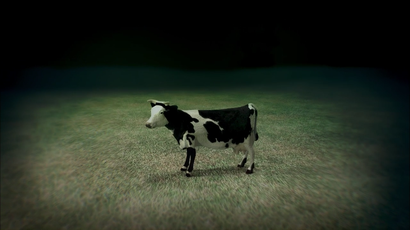Watch Preview

Vaccines—Calling the Shots Short Preview
20s
/ TV-PG
Diseases that were largely eradicated in the United States a generation ago—whooping cough, measles, mumps—are returning, in part because nervous parents are skipping their children's shots. NOVA takes viewers around the world to track epidemics, explore the science behind vaccinations, hear from parents wrestling with vaccine-related questions, and shed light on the risks of opting out.





























